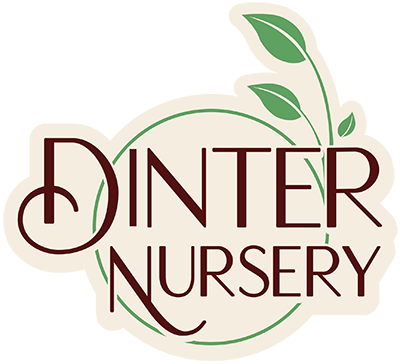Growing and Planting Spring Flowering Bulbs
After the long winter nights and cold drizzly days the sight of bulbs in spring is a welcome sign of the upcoming gardening season. In the spring people come into the garden centers wishing they had planted more spring bulbs, and those that planted spring bulbs in the fall rarely regret it.
Here’s what you need to know to ensure a beautiful display of bulbs every spring.
Know your site. Is it wet? Shady? Hot and sunny? Different bulbs thrive in different sites, so knowing your garden conditions will help you to choose plants that will thrive. Woodland anemones, snowdrops, winter aconite, and daffodils are a great option for part shade. Dwarf iris, tulips, and Alliums are perfect for full sun. All bulbs prefer well-drained soil.
Don’t rush. Spring flowering bulbs require a chilling period (vernalization) to induce flowering and growth.This chilling period is generally 12 to 16 weeks. This chill period for each bulb species varies, but in general, the flowers that bloom first require the least amount of chilling time, and the flowers that bloom latest require the most. Ideally aim to have your bulb planting finished by the end of November.
Planting your bulbs. Ensure soil is well-drained. If the soil is compacted or is heavy clay, add organic matter to amend the planting hole. A general rule of thumb is to plant the bulb three times the depth of the bulb. If the bulb is 3 inches tall, dig a 9 inch deep hole. Plant the pointy side of the bulb up.
Design tip: Don’t plant bulbs alone or in lines. For taller bulbs, plant in clusters between garden shrubs, perennials, or grasses. Tulip or daffodil clusters of 7 to 12 give the greatest impact. Plant at least 3 to 5 groupings for the best effect. For shorter bulbs that you would like to naturalize, ie., crocus, snowdrops, and dwarf iris, throw a few handfuls on the ground and plant them where they land for a more natural effect.
Allow foliage to die back naturally. Once bulbs have flowered, wait at least eight weeks before cutting back foliage. The foliage is what gives the bulb energy to produce a flower the following year so cutting the leaves off too soon can affect future flowering and bulb health.

